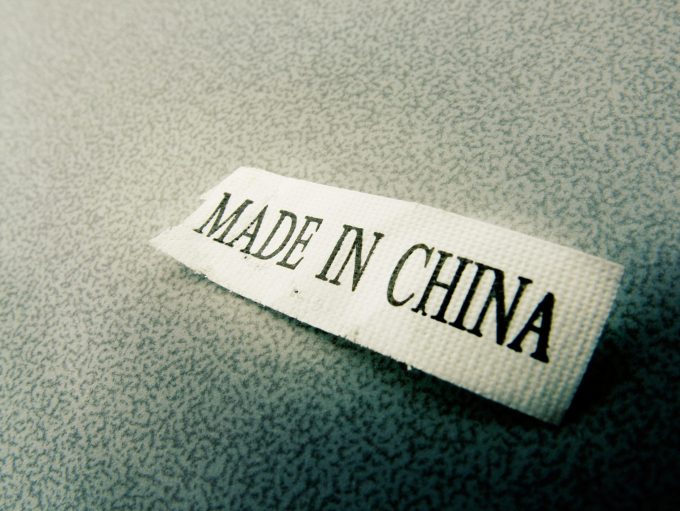Middle East airfreight capacity plummets as carriers suspend services
Airfreight capacity in the Middle East has plummeted since the outbreak of hostilities between Israel ...

A drive to diversify sourcing ? and a booming worldwide e-commerce sector ? is set to shake up globalisation and see new tradelanes develop.
“It has been ’China to Global’ (C2G) ? but the next challenge is Global to Global (G2G),” explained Yossi Shoukroun, CEO of ...

Comment on this article